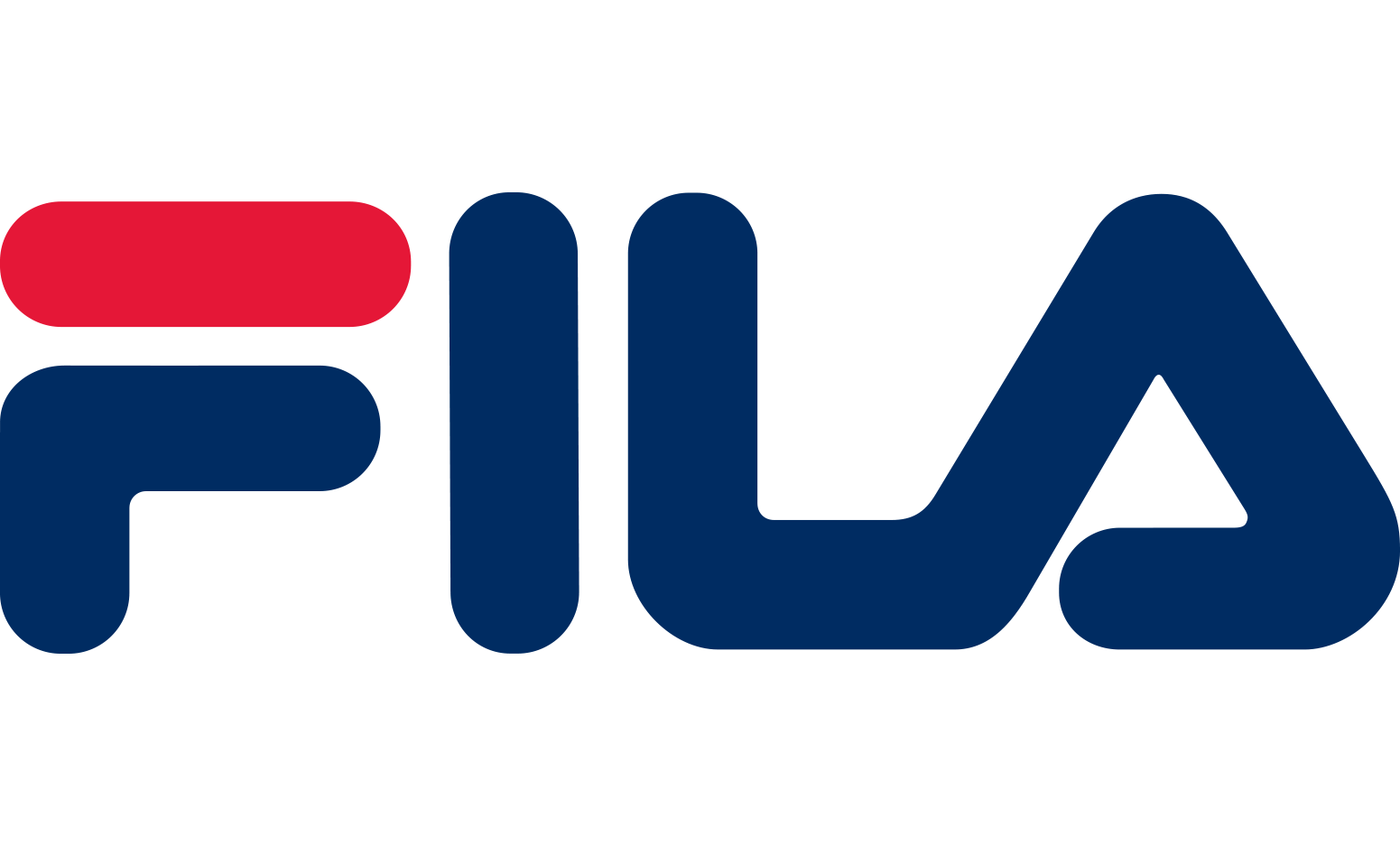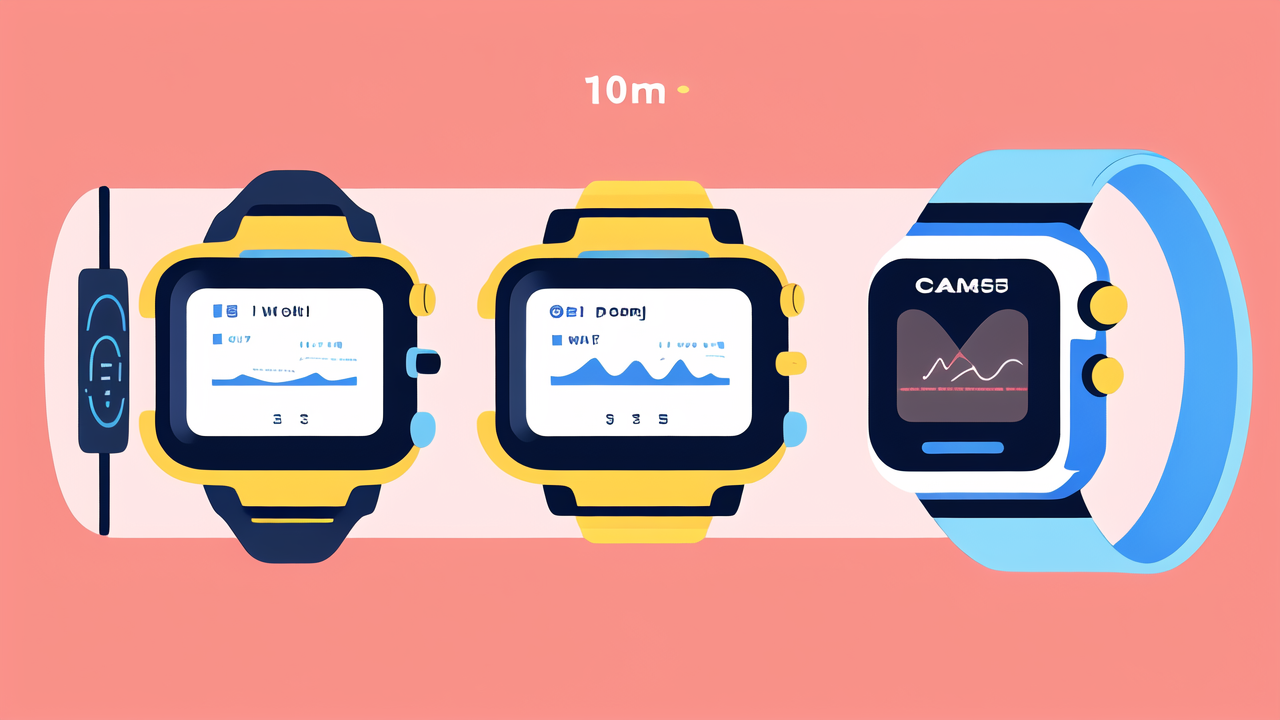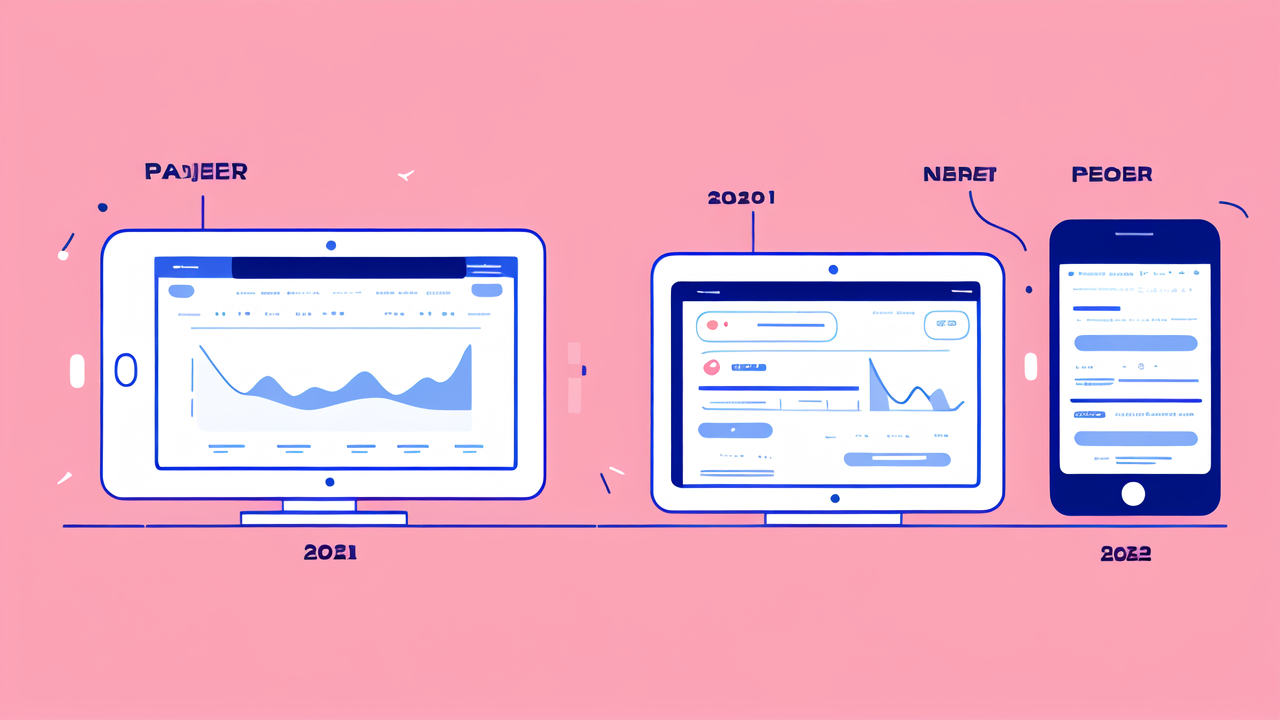The Rise of Digital Watches: Analyzing Market Growth and User Adoption
Understanding the Digital Watch Phenomenon
Digital watches have come a long way since their inception. They've evolved from simple timekeeping devices to smart wearables. The digital watch phenomenon began in the 1970s with LED displays. These watches quickly gained popularity due to their accuracy and ease of use. As technology advanced, so did digital watches. They now offer features like alarms, stopwatches, and even basic calculators. The convenience and functionality of digital watches have made them a staple in modern life. Their adoption has been widespread across all age groups and demographics.

Key Players and Innovations in the Digital Watch Market
The digital watch market is dominated by several key players. Brands like Casio, Timex, and Garmin lead the pack. These companies have been at the forefront of digital watch innovation. Casio's G-Shock line, known for its durability, has been a game-changer. Timex has focused on affordability and style. Garmin has made a name in GPS-enabled sports watches. Recent innovations include:
- Solar-powered batteries
- Bluetooth connectivity
- Touchscreen interfaces
- Advanced fitness tracking features
These innovations have kept digital watches relevant in the smartwatch era.
The Role of Digital Watches in Fitness and Health Tracking
Digital watches have found a new purpose in fitness and health tracking. Many models now include built-in pedometers and heart rate monitors. These features allow users to track their daily activity and overall health. Some watches can even monitor sleep patterns and stress levels. The integration of fitness tracking has made digital watches more valuable to health-conscious consumers. This trend has led to increased sales and user adoption in recent years. Digital watches are now seen as essential tools for maintaining a healthy lifestyle.
From Smartwatches to Smart Clothing: The Evolution of Wearable Tech
The Emergence of Smart Clothing in the United States
Smart clothing is the next frontier in wearable technology. It's gaining traction in the United States. Smart clothing integrates sensors and electronics directly into fabrics. This allows for seamless health monitoring and data collection. The US market has seen a rise in smart clothing startups. Established brands are also entering this space. Products range from smart socks to sensor-embedded shirts. These items can track various health metrics without the need for separate devices. The convenience and comfort of smart clothing are driving its adoption in the US market.

How Smart Clothing is Changing the Wearable Tech Landscape
Smart clothing is revolutionizing the wearable tech industry. It offers a more natural and unobtrusive way to collect data. Unlike smartwatches, smart clothing can cover larger body areas. This allows for more accurate and comprehensive data collection. Smart clothing can monitor:
- Heart rate and ECG
- Respiratory rate
- Body temperature
- Muscle activity
These capabilities are changing how we approach health monitoring and fitness tracking. Smart clothing is also finding applications in sports performance and medical care. It's opening up new possibilities for personalized health management.
The Future of Smart Clothing and IoT Interconnectivity
The future of smart clothing is closely tied to IoT (Internet of Things) technology. As IoT grows, smart clothing will become more connected and capable. We can expect to see smart clothing that communicates with other smart devices. This could include home automation systems and healthcare providers. The integration of AI and machine learning will make smart clothing even smarter. It could provide personalized health insights and recommendations. The potential for smart clothing in healthcare is particularly promising. It could revolutionize remote patient monitoring and preventive care.
Regulatory Impact and Privacy Considerations in the Wearable Tech Industry
Government Regulations Affecting the Wearable Tech Market
The wearable tech industry is subject to various government regulations. These rules aim to ensure product safety and data protection. In the US, the FDA regulates wearables that make health claims. This affects how companies can market their products. The FCC also plays a role in regulating wireless communications in wearables. Europe's GDPR has global implications for data handling in wearable tech. These regulations can impact product development and market entry. Companies must navigate these rules to bring their products to market.

Consumer Privacy and Data Protection in Wearable Device Usage
Privacy is a major concern in the wearable tech industry. Wearable devices collect vast amounts of personal data. This includes health information and location data. Protecting this data is crucial for consumer trust. Companies must implement strong security measures. They also need clear privacy policies. Users should have control over their data and how it's used. Many wearable tech companies are adopting privacy-by-design principles. This means building privacy protections into products from the start. Educating consumers about data privacy is also important.
The Future of Wearable Technology: Ethical Implications and User Privacy
As wearable tech advances, new ethical questions arise. The line between helpful monitoring and invasive surveillance blurs. There are concerns about data misuse and discrimination. The future of wearable tech must balance innovation with ethical considerations. This includes:
- Ensuring informed consent for data collection
- Protecting vulnerable populations
- Addressing potential biases in AI algorithms
- Maintaining transparency in data usage
The industry must work with ethicists and policymakers. Together, they can create guidelines for responsible innovation. User privacy will remain a key focus. Future wearables may incorporate advanced encryption and user-controlled data sharing. The goal is to create technology that enhances life without compromising privacy or ethics.




Leave a comment
This site is protected by hCaptcha and the hCaptcha Privacy Policy and Terms of Service apply.